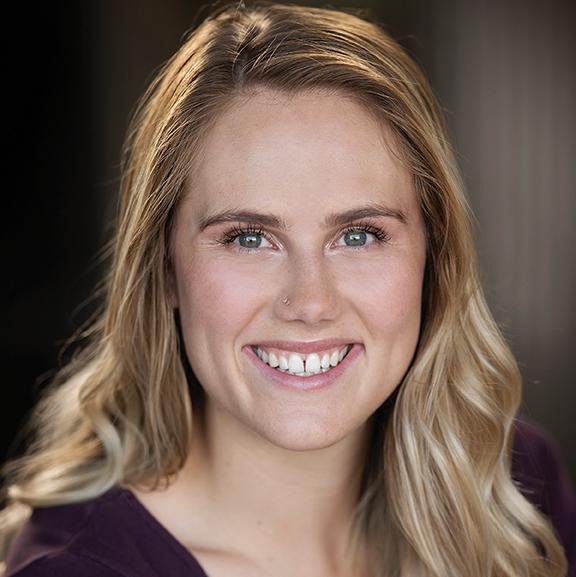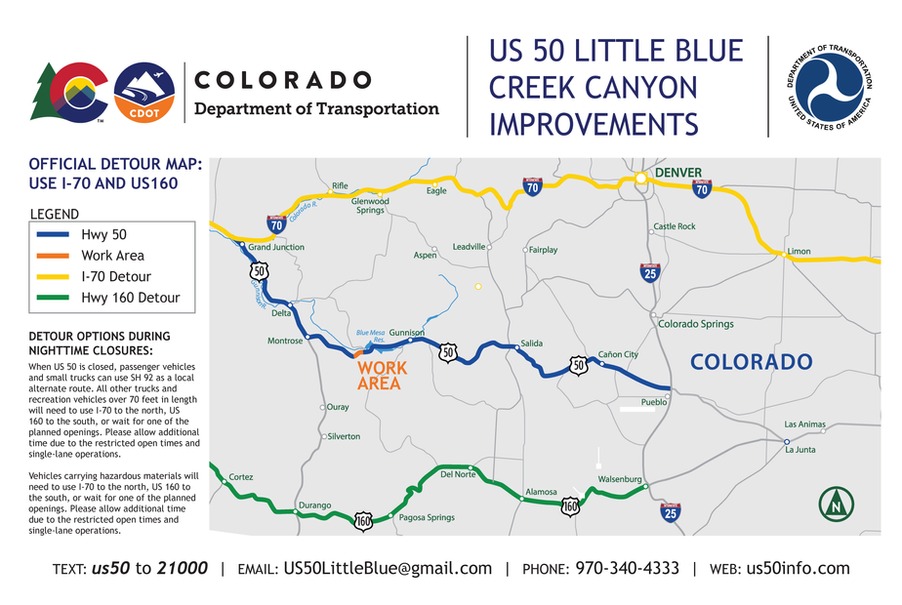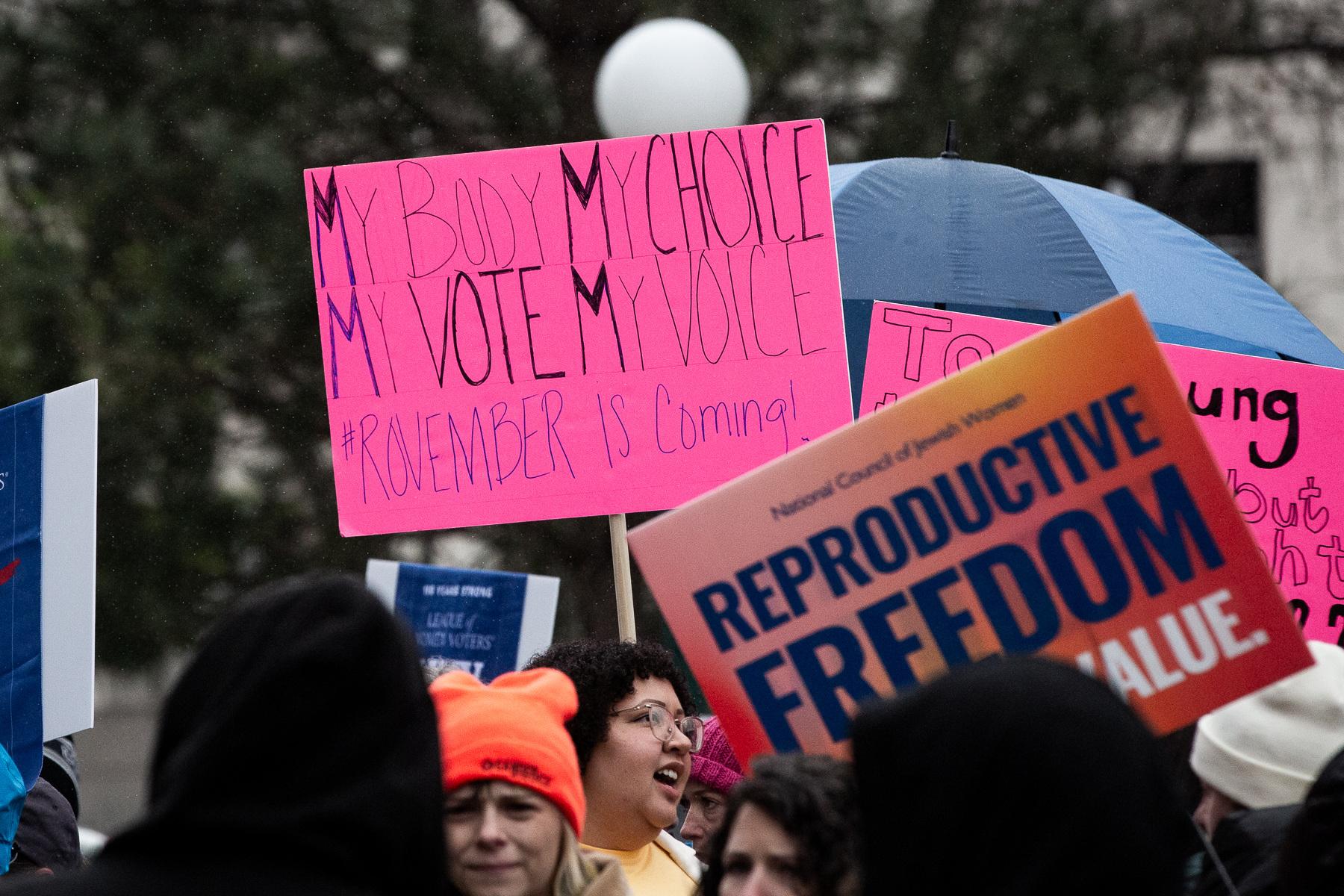
Women who quit smoking while pregnant not only have a lower risk of infant health complications, but they may also save Medicaid millions of dollars a year.
A new study from the Colorado School of Public Health at the University of Colorado Anschutz Medical Campus found that low-income mothers enrolled in the Baby & Me Tobacco Free program in Colorado saw preterm births drop between 24 and 28 percent. For these mothers, neonatal intensive care unit (NICU) admissions also fell, between 25 and 55 percent.
“Those are some pretty striking impacts of the program,” said Tessa Crume, an epidemiologist and the lead researcher on the study.
The study found the Baby & Me Tobacco Free program saved the state between $1.4 million and $4.1 million each year when looking at the average Medicaid reimbursement cost for low-weight births and preterm births, which in 2017 was $121,597 and $50,423, respectively. Researchers say Colorado could save $6 million and $16 million if all women susceptible to such birth complications were part of the program.
Crume said that this study fills a gap in the literature.
“There are very few studies that are published on the widespread impact of implementing what are considered best practices for smoking cessation for pregnant women,” Crume said. “It’s difficult to get funding to research a public health intervention because the money for the intervention is to implement it, not to evaluate it.”
In Colorado, women who live in poverty are three to four times more likely to smoke in the third trimester than women with higher incomes, according to the Pregnancy Risk Assessment Monitoring System. Smoking during pregnancy is one of the few risk factors that can be altered to reduce poor infant outcomes.
Infants who are exposed to nicotine in the womb have a higher chance of becoming addicted to nicotine later in life, and may have a harder time quitting smoking, Crume said. The exposure is also known to cause low birth weights, premature births and a higher incidence of NICU admissions.
“The ability for us to intervene at that point in time could not only allow them to have a family in which nicotine and tobacco is not in the environment,” Crume said. “But to be able to free a woman at a relatively young point in her life from an addiction that is both incredibly costly, and also will probably significantly shorten her life.”
Since the Colorado Department of Public Health and the Environment started funding the Baby & Me program in 2012, it has served 4,475 people, said Alison Reidmohr, a CPDHE tobacco communications strategist.
“We now have proof that shows Baby & Me Tobacco Free successfully helps women quit smoking, it keeps their babies out of the neonatal intensive care unit,” Reidmohr said. “It really gives them the support that they need, because we know that they’re trying, it’s just difficult to succeed.”
The program offers women counseling sessions and diaper vouchers as an incentive to keep them coming back for up to a year after giving birth. It also allows a smoker who lives with the pregnant woman to enroll into the program. If they successfully quit smoking, they too can receive the vouchers during the postpartum period. Participants are required to do carbon monoxide breath tests to test for smoking.
Crume said the program is important in breaking the generational cycle of smoking, and she noted that the tobacco industry targets young people who are more susceptible to starting to smoke.
“I like to try to get away from the idea of blaming the mother,” she said. “We live in a society with a substance in an industry that targets vulnerable people. And those vulnerable people grow into adults that have children.”
Kristina Olschefski started smoking when she was in middle school. When she was pregnant with her first child, she decided it was time to quit. Olschefski found out about the Baby & Me program and enrolled with her husband, Paul Veniegas, who also smoked.
“I knew I had to quit. I was just figuring out what to do, where to go, should I quit with patches? Should I quit with gum?” Olschefski said. “I was at my WIC appointment and the lady suggested the Baby & Me Tobacco Free, and so I was like, 'Alright, we’ll give it a shot. You know, free diapers, cool.'”
Olfchefski and Veniegas had breath test competitions while they were in the program, and eventually went on a weekend trip with some of the money they saved from not buying cigarettes. Today, they’ve been smoke-free for almost three years. Their first child, a girl, is 3 years old now, and they’ve since had a second child, who is almost 1. Olfchefski has also picked up running, something she said she never would have been able to do as a smoker.
The study looked at Baby & Me participants from January 2014 through March 2017 and compared them to two other groups of pregnant women in Colorado to look at their health outcomes.
Beth Bailey, professor in the College of Medicine at Central Michigan University, was not involved in the research. Bailey said the study is strong, and shows how the Baby & Me program is working in Colorado, even if there were some limitations.
In an ideal world, the researchers would have conducted a randomized control study, Bailey said. Lots of women would have agreed to participate, but only some would be enrolled in the program while others would try a different method, or no method at all.
But when a program, like Baby & Me Tobacco Free, is known to work to keep mothers healthy through pregnancy, it doesn’t make sense to allow only some women to participate.
“We can still conclude that Baby & Me confers a significant benefit to women and their children,” Bailey said. “But I think what these limitations do is they keep you from really understanding the magnitude of that impact.”
As for the cost savings analysis, Bailey was happy to see that the researchers included it.
“Anymore for these types of programs you need to convince policy makers in order to get investment,” she said. “Whether it’s lawmakers, whether it’s insurance companies or people who are going to drive policy decisions, they want to know, 'For this amount that we invest, what’s going to be our return on investment?'”









